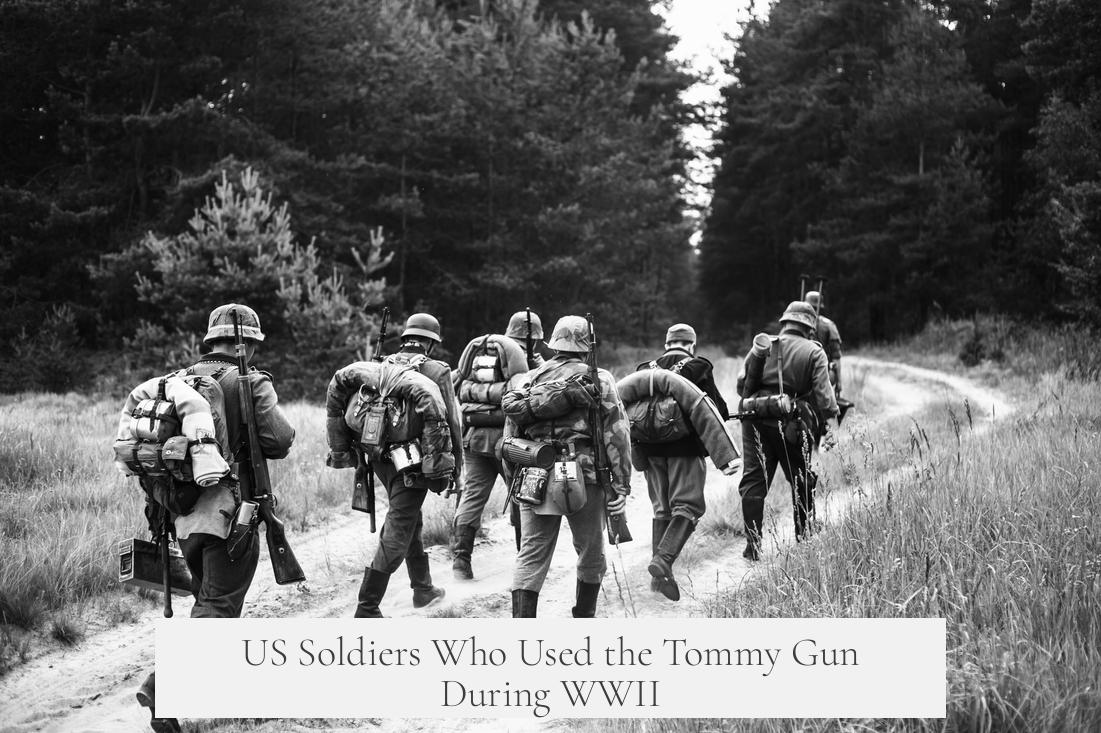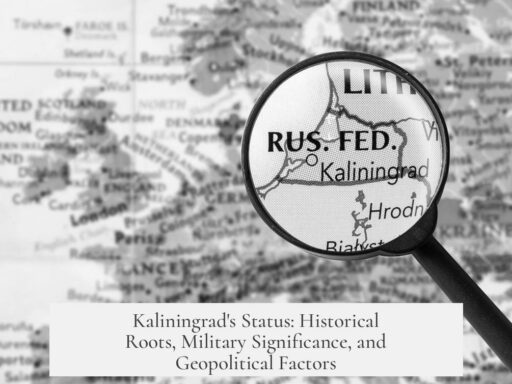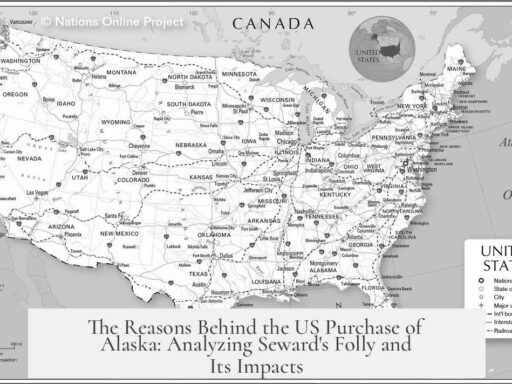During World War II, the Thompson submachine gun, commonly called the Tommy Gun, was issued selectively within the U.S. military, primarily to soldiers whose roles required a compact, rapid-fire weapon rather than a full-sized rifle. The Tommy Gun was not the standard arm for most infantrymen but was typically allocated to specialized troops, vehicle crews, and leaders who needed firepower suited for close combat.
The Thompson was standard issue at the war’s start, particularly the M1928A1 model, which featured both box and drum magazine options, cooling fins, and a Cutts muzzle brake. In 1942, the military introduced simplified versions—M1 and M1A1—with fewer features to ease production demands. The Thompson fired the powerful .45 ACP round at a rate of 600 to 750 rounds per minute. It excelled in close quarters, such as urban combat or inside vehicles, though it was less accurate beyond 50 yards.
The U.S. Army officially replaced the Thompson with the M3 “Grease Gun” in January 1943. However, production delays and shortages of the M3 meant Thompsons remained widely used throughout the war. In many cases, soldiers were nominally issued the M3, but actual distribution led to continued use of Thompsons due to supply constraints.
Specific units and roles that received the Thompson include:
- Ranger Infantry Units: Exceptionally well-equipped with submachine guns, each Ranger company received six Thompsons (or later M3s) for the company commander, first sergeant, platoon leaders, and platoon sergeants. Their assault missions demanded high close-range firepower.
- Infantry Company Headquarters: In mid-1944, regulations authorized six M3 (often Thompson) submachine guns for each infantry company headquarters, to be issued as commanders saw fit. This was the only formal submachine gun issuance to regular infantry units.
- Squad Leaders and Platoon Leaders: Squad leaders generally wielded submachine guns to lead their teams and provide suppressing fire during advances or retreats. Platoon sergeants and officers (lieutenants) were also issued Thompsons or M3s for command and control.
- Tank and Vehicle Crews: Crews operating tanks or armored cars favored the compact submachine gun. Its size and folding stock made it easier to carry and recover in tight quarters compared to standard rifles.
Other soldiers, such as mortar crews, artillerymen, radio operators, and drivers, usually carried the lighter M1 carbine, which filled the gap for those not suited to rifles or submachine guns.
Beyond official issue, many soldiers acquired Thompsons informally. They retained them after unit reassignments, scavenged them from wounded comrades, or obtained them through informal trades. Officers and senior enlisted men often used Thompsons as personal weapons due to their reliability and powerful close-range stopping ability.
The tactical role of the Thompson centered on close-quarters combat. The weapon’s effective range was under 100 yards, making it ideal for urban warfare, bunker clearing, and defensive fire. Squad leaders used the Tommy Gun to deliver suppressive fire, allowing their troops to maneuver safely. Its high rate of fire and .45 caliber rounds created significant stopping power, though muzzle climb in automatic fire limited accuracy at longer distances.
| Role | Typical Users of Tommy Gun | Reason for Issuance |
|---|---|---|
| Ranger Infantry | Company commanders, First Sergeants, Platoon leaders and sergeants | Need for abundant close-range firepower |
| Infantry Company HQ | Commanders and selective personnel | Official submachine gun allocation |
| Squad and Platoon Leaders | Squad leaders, platoon sergeants, officers | Command and suppressive fire |
| Tank/Vehicle Crews | Tanks and armored vehicle personnel | Compact size for cramped spaces |
In summary, use of the Thompson submachine gun during WWII was specialized. It was issued primarily to soldiers who needed a compact automatic weapon for close combat, not as a standard rifle replacement. Rangers, squad and platoon leaders, company headquarters, and tank crews received it most often. Other infantrymen relied mostly on rifles or carbines. Supply shortages and production shifts meant Thompsons stayed in service alongside newer submachine guns until war’s end.
- The Thompson was mainly for specialized troops needing close-range firepower.
- Ranger units and company leaders were the primary official recipients.
- Tank crews favored the Tommy Gun for its compactness.
- Submachine rifles replaced it officially in 1943 but Thompson use continued due to shortages.
- Many soldiers acquired Thompsons unofficially as personal weapons.




